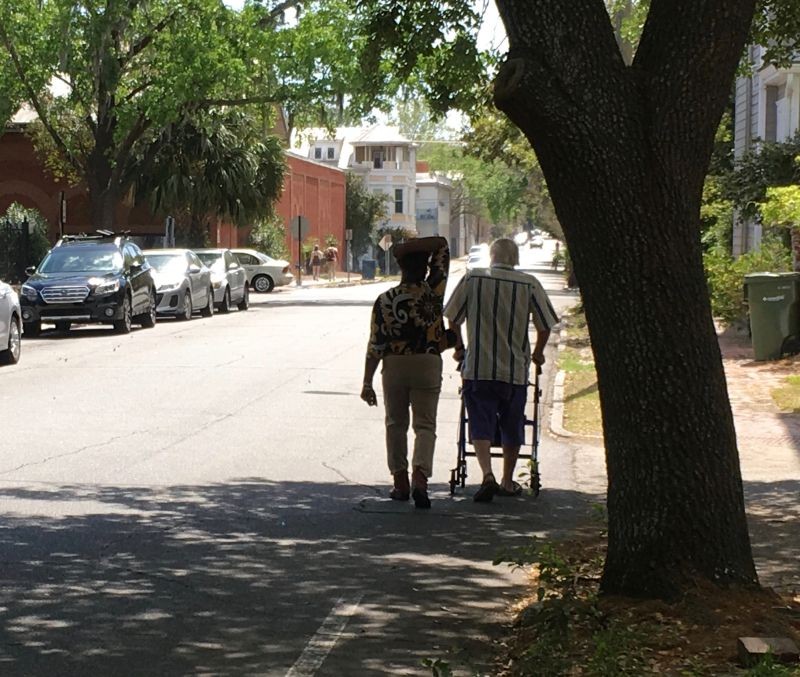Is bike-friendliness good for business?
Two researchers at Portland State University are trying to answer that question.
More precisely, Jenny Liu, an assistant professor at the University's Toulan School of Urban Studies and Planning, and Jennifer Dill, director of a research institute at the University, are leading a study of how street improvement for bicycle and pedestrian mobility affects retailers and other businesses.
The first phase of the study, which explores data sources and methodologies, will include Portland, San Francisco and Denver. A second phase will include Minneapolis, Pittsburgh, Indianapolis, Memphis and Washington, DC. While previous studies show that the street improvements Lui and Dill plan to study have no impact or a positive effect on retail vitality, there was, according to Liu, "a lack of rigorous and systematic methodology" that "can produce consistent, replicable and applicable results." What she and Dill hope is to provide policymakers and planners solid research and a practical foundation as they consider multi-modal transportation networks.
But, they say, they aren't looking to make only sweeping generalizations about how to make cities more "bike-" or "pedestrian-friendly." Instead, they want to build on other research that addresses different components of the economic and business effects of non-motorized transport. Among other things, they want to find out how spending differs between cyclists, pedestrians, mass transit users and drivers. Such information could help, not only in making decisions about what types of infrastructure to build, but in helping stores, restaurants and other kinds of businesses to decide, say, whether and where to build parking facilities, where to place entrances and even on what goods or services they might offer.
Two researchers at Portland State University are trying to answer that question.
More precisely, Jenny Liu, an assistant professor at the University's Toulan School of Urban Studies and Planning, and Jennifer Dill, director of a research institute at the University, are leading a study of how street improvement for bicycle and pedestrian mobility affects retailers and other businesses.
The first phase of the study, which explores data sources and methodologies, will include Portland, San Francisco and Denver. A second phase will include Minneapolis, Pittsburgh, Indianapolis, Memphis and Washington, DC. While previous studies show that the street improvements Lui and Dill plan to study have no impact or a positive effect on retail vitality, there was, according to Liu, "a lack of rigorous and systematic methodology" that "can produce consistent, replicable and applicable results." What she and Dill hope is to provide policymakers and planners solid research and a practical foundation as they consider multi-modal transportation networks.
But, they say, they aren't looking to make only sweeping generalizations about how to make cities more "bike-" or "pedestrian-friendly." Instead, they want to build on other research that addresses different components of the economic and business effects of non-motorized transport. Among other things, they want to find out how spending differs between cyclists, pedestrians, mass transit users and drivers. Such information could help, not only in making decisions about what types of infrastructure to build, but in helping stores, restaurants and other kinds of businesses to decide, say, whether and where to build parking facilities, where to place entrances and even on what goods or services they might offer.
















